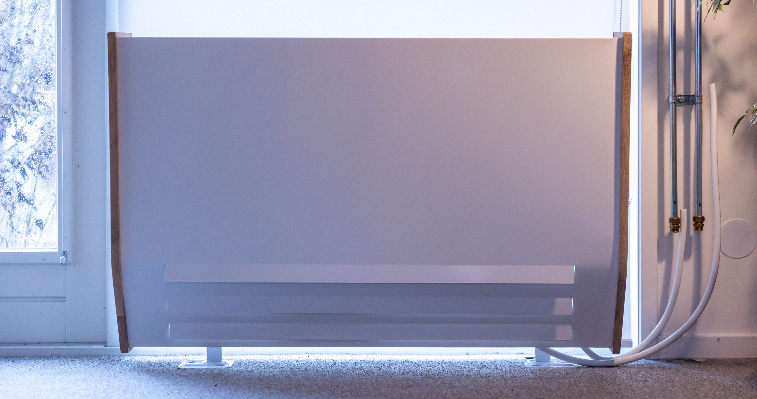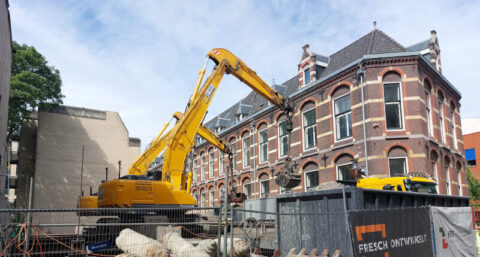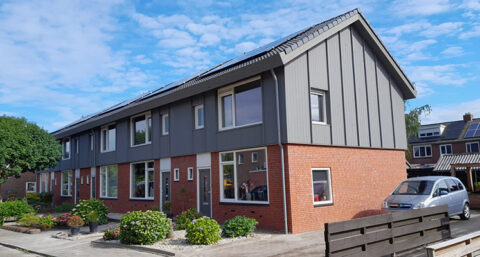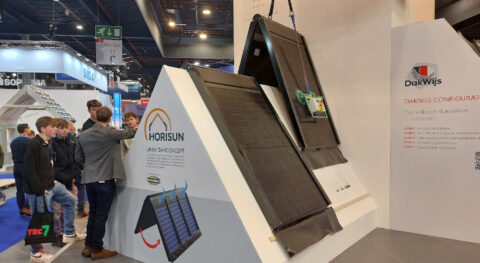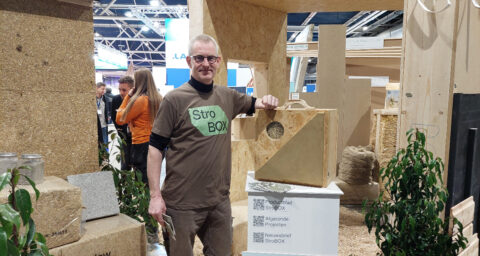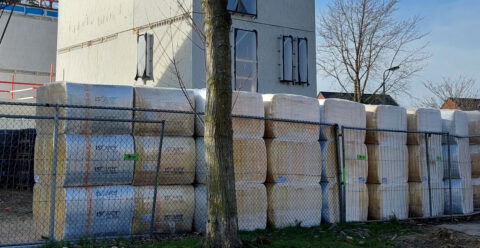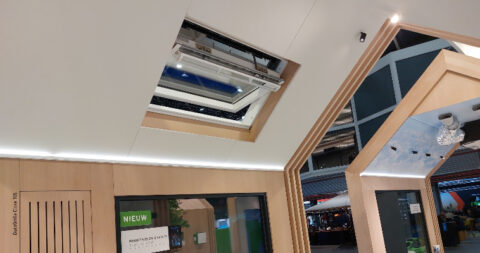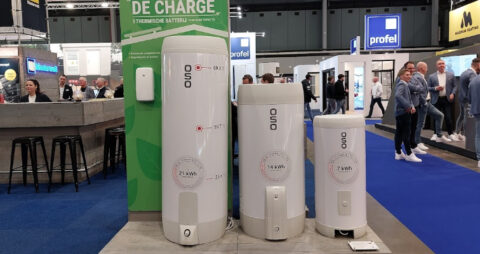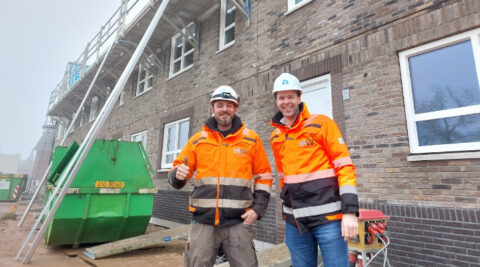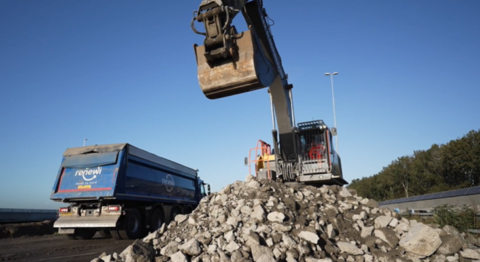In Rator' s radiator, the heat from the water from the heat pump is concentrated in the air-side section, so that section becomes much warmer than the 40 degrees supplied. This is then used to heat the room. In this way, the radiator handles heat much more efficiently, so you use less energy.
'When innovating, people focus mainly on heat pumps and solar panels,' says Gijs-Jan Moest, creator of the system and founder of Rator. 'Everybody is working on that, but nobody is working on heat emission, while there are big steps to be made there.'
Concentrated heat
The principle Rator wants to enter the market with is basically simple. The heat pump delivers low-temperature water of up to 40 degrees to Rator's radiator. This is divided into a front section, which gives off heat to the room, and a rear section that acts as a kind of heat reservoir. The lukewarm water from the heat pump flows through the rear water-side section, and then the energy (and thus heat) from the rear section is transported through a heat exchanger to the water in the front air-side section. Thus the energy is not pumped around, but the heat is concentrated where it is needed, in the radiator. This also makes it much warmer than the 40 degrees coming from the heat pump.
The system works without moving parts. As a result, it hardly makes any noise and does not wear out. It can easily last 30 years. Moest demonstrates its effectiveness with a radiator block he has on his stand at BouwBeurs 2025. One side is cold, the other significantly warmer.
Smaller heat pump and cooling
The system has several advantages. The most obvious benefit is that a warmer radiator heats the room faster, because the temperature difference between radiator and room is greater. 'You get 600 watts of extra heat at the radiator level,' Moest states. 'As a result, you need a smaller heat pump to heat the same space. Also, the efficiency of your heat pump increases because the water returns to the heat pump cooler.'
Furthermore, you can easily reverse the process so that you can also use the radiator for cooling. 'In the case of a ground source heat pump, this also allows you to regenerate the heat source even better.'
Of course, you have to put energy into concentrating the heat, and that costs electricity. But that, according to Moest, is disproportionate to the benefits. "It saves you a lot of money and energy on all fronts.
Trainees and investors
Moest himself is the creator of the system, and he is still developing it, along with a team of business developers, programmers and interns. 'Yes, I work with interns a lot,' he says. 'That happens a lot, and I also have to be smart with my funds for the highest return. Besides, there are very bright minds among them.'
At that very moment, two of his interns, Senna de Vos and Kevin Abbing, walked past the booth. They are studying Software Development at Da Vinci College in Dordrecht and appear to be just as enthusiastic as Gijs-Jan Moest himself. 'Yes, it's really fun and interesting to work on this. It really is a beautiful system," says Senna, and Kevin agrees with him with glistening eyes.
Now it's a matter of finding investors, Moest thinks. 'If I find them, I will have a working model on the market next year. Otherwise it will take a year longer.'

